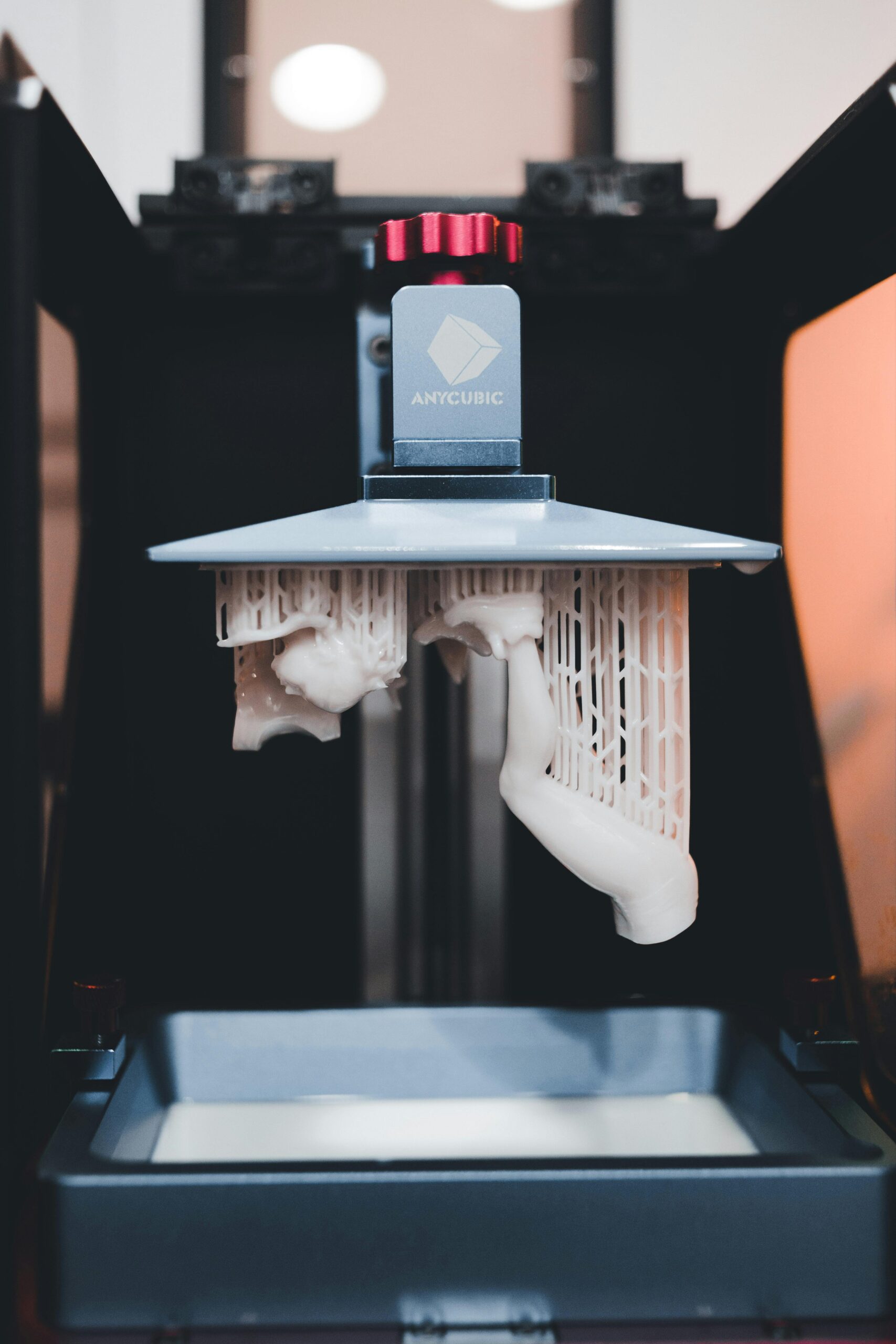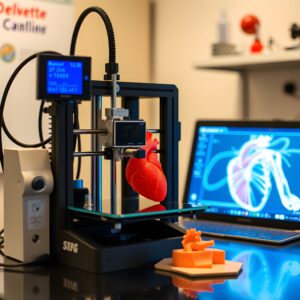The Evolution of 3D Printing: A Comprehensive History

Embark on a journey through the history of 3D printing, from its early days to its present-day innovations. Discover the crucial milestones, visionary innovators, and transformative technologies that have propelled the industry forward.
The history of 3D printing is a rich and fascinating one, spanning several decades. From its early beginnings in the 1960s to the current state of the art, 3D printing has evolved significantly, shaped by innovators, technologies, and key milestones.
The Early Years (1960s-1980s)
The concept of 3D printing was first introduced in the 1960s, when Japanese researcher Hideo Kodama proposed a method for printing three-dimensional objects using a photopolymer resin. In the 1980s, Chuck Hull developed stereolithography (SLA), the first commercial 3D printing technology.
The Rise of Rapid Prototyping (1990s-2000s)
The 1990s saw the emergence of rapid prototyping, a term coined by Scott Crump, co-founder of Stratasys. This decade also saw the development of fused deposition modeling (FDM) and selective laser sintering (SLS).
The Democratization of 3D Printing (2010s)
The 2010s witnessed the democratization of 3D printing, with the rise of affordable and accessible technologies like MakerBot and Ultimaker. This decade also saw significant advancements in materials science and the development of new 3D printing technologies.
The Impact of 3D Printing on Society
The impact of 3D printing on society has been significant, with far-reaching consequences in various fields, including:
Healthcare: Customized prosthetics, implants, and surgical models
Aerospace: Lightweight components, reduced material waste
Automotive: Rapid prototyping, reduced production time
Consumer Products: Customized products, reduced material waste
Education: Interactive learning tools, increased student engagement
Current State and Future Directions
Today, 3D printing is a rapidly evolving industry, with applications in aerospace, healthcare, automotive, and consumer products. As the technology continues to advance, we can expect to see increased adoption, improved performance, and new innovations.
Challenges and Limitations
Despite the many benefits of 3D printing, there are still challenges and limitations to be addressed, including:
Material limitations: Limited range of materials, properties, and colors
Scalability: Difficulty in scaling up production while maintaining quality
Regulation: Lack of clear regulations and standards
Intellectual Property: Concerns about copyright and patent infringement
As 3D printing continues to evolve, we can expect to see:
Advancements in materials science and technology
Increased adoption in various industries
Improved scalability and efficiency
Development of new business models and applications
Increased focus on sustainability and environmental impact
The history of 3D printing is a rich and fascinating one, marked by significant milestones, innovators, and technological advancements. As the industry continues to evolve, it is clear that 3D printing will play an increasingly important role in shaping the world around us. By understanding the past, present, and future of 3D printing, we can unlock its full potential and create a brighter future for all.



